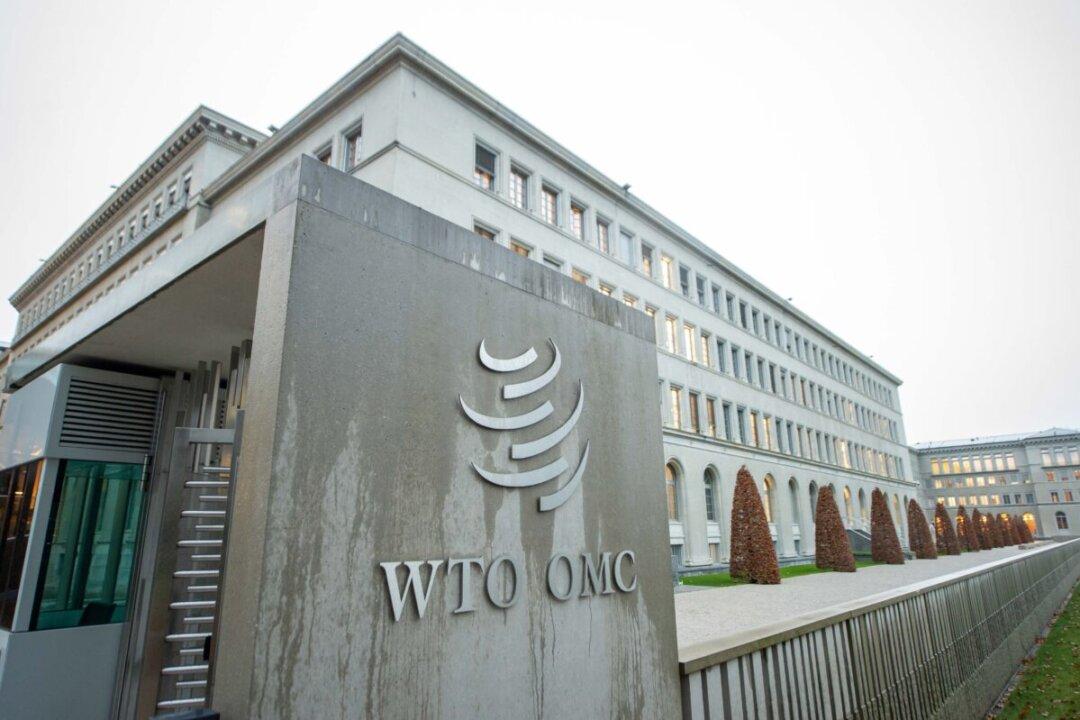China on June 15 dropped its landmark World Trade Organisation (WTO) dispute aimed at forcing the European Union to recognize it as a market economy in trade investigations.
The WTO is a collection of 160 countries that cooperate on international trade matters under negotiated rules, and is overseen by an administrative system based in Brussels, Belgium.





